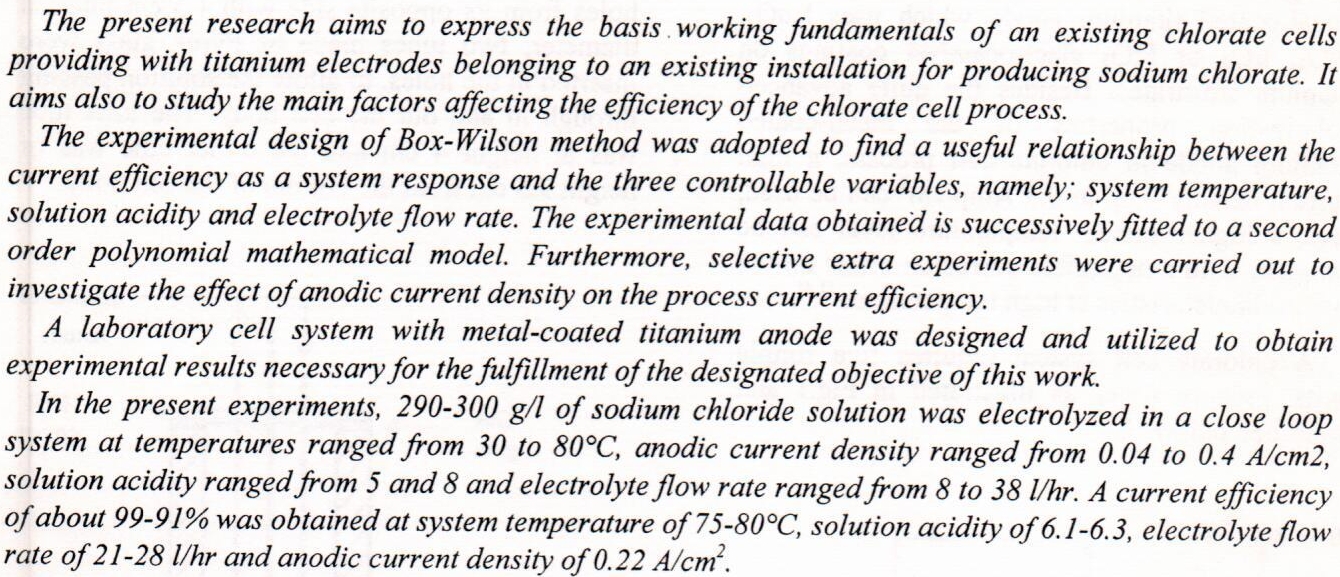
The eaction of 2 4 .6-trihydroxyactophenonemonohydra1e with
l hydr.azine monohydrate was realized ti·nder reflu.(( in methanol and i:l.
Jew drops of glacial acetic acid we.re added to give lhe'(int rmediate)
2-(1hydr pno-ctbyt)-benzcne-·1.3.5-r:Qql, which reacted wittl
saEcy.laldehyde. jn methm)ql to gjy;e 'a new :tyRe CNzOi) Ligand (H:flL]
f(2-{1-[(2-=bydroxy-bertzylide·ne)-bydrazqoo,J-e·thy.1}bcnze·neJ ;3·,5
|
Innovative various Schiff bases and their Co(II), Ni(II) and Cu(II) and Hg(II) compounds made by the condensation of 4-amino antipyrine with derived aminobenzoic acid (2-aminobenzoic acid, 3-aminobenzoic acid, and 4-aminobenzoic acid ) have been prepared by conventional approaches. These complexes were described by magnetic sensibility analysis, FT-IR spectra, and molar-conductance and elemental analysis. Analytical values appeared which the mixed-ligand complexes presented ratio about 2:1 (ligand: metal) with the chelation 4 or 6. The prepared compounds offered a good effect on the organisms; bacteria Staphylococcus-aurous, Escherichia-coli and fungi C. albicans, A. niger. Also, the biological products signalize which the mixed compl
... Show More (5)
(5)
 (3)
(3)
 (5)
(5)
 (3)
(3)
The purpose of this study was to find out the connection between the water parameters that were examined in the laboratory and the water index acquired from the examination of the satellite image of the study area. This was accomplished by analysing the Landsat-8 satellite picture results as well as the geographic information system (GIS). The primary goal of this study is to develop a model for the chemical and physical characteristics of the Al-Abbasia River in Al-Najaf Al-Ashraf Governorate. The water parameters employed in this investigation are as follows: (PH, EC, TDS, TSS, Na, Mg, K, SO4, Cl, and NO3). To collect the samples, ten sampling locations were identified, and the satellite image was obtained on the
... Show More (1)
(1)
The reaction oisolated and characterized by elemental analysis (C,H,N) , 1H-NMR, mass spectra and Fourier transform (Ft-IR). The reaction of the (L-AZD) with: [VO(II), Cr(III), Mn(II), Co(II), Ni(II), Cu(II), Zn(II), Cd(II) and Hg(II)], has been investigated and was isolated as tri nuclear cluster and characterized by: Ft-IR, U. v- Visible, electrical conductivity, magnetic susceptibilities at 25 Co, atomic absorption and molar ratio. Spectroscopic evidence showed that the binding of metal ions were through azide and carbonyl moieties resulting in a six- coordinating metal ions in [Cr (III), Mn (II), Co (II) and Ni (II)]. The Vo (II), Cu (II), Zn (II), Cd (II) and Hg (II) were coordinated through azide group only forming square pyramidal
... Show MoreThe preparation and spectral characterization of complexes for Co(II), Ni(II), Cu(II), Cd(II), Zn(II) and Hg(II) ions with new organic heterocyclic azo imidazole dye as ligand 2-[(2`-cyano phenyl) azo ]-4,5-diphenyl imidazole ) (2-CyBAI) were prepared by reacting a dizonium salt solution of 2-cyano aniline with 4,5-diphenyl imidazole in alkaline ethanolic solution .These complexes were characterized spectroscopically by infrared and electronic spectra along with elemental analysis‚ molar conductance and magnetic susceptibility measurements. The data show that the ligand behaves a bidantate and coordinates to the metal ion via nitrogen atom of azo and with imidazole N3 atom. Octahedral environment is suggested for all metal complex
... Show MoreNew bidentate Schiff base ligand (L) namely [(Z)-3-(2-oxoindolin-3ylildeneamino)benzoic acid] type (NO) was prepared via condensation of isatin and 3-amino benzoic acid in ethanol as a solvent in existence of drops of (glac. CH3COOH). The new ligand (L) was characterized base on elemental microanalysis, FT-IR, UV-Vis, 1H-NMR spectra along with melting point. Ligand complexes in general formula [M(L)2Cl2]. H2O, where: MII = Co, Cu, Cd, and Hg; L= C15H10 N2O3 were synthesized and identified by FT-IR, UV-Vis, 1H-NMR (for Cd complex only) spectra, atomic absorption, chloride content along with molar conductivity and magnetic susceptibility. It was found that the ligand behaves as bidentate on complexation via (N) atom of imine group an
... Show MoreAn indirectly method is used to determine hydrogen peroxide. The method based on oxidation of chromium (III) ion by hydrogen peroxide in basic medium to form chromate ion which react with barium (II) ion to produce a yellow precipitate (BaCrO4). Under the optimum established conditions, the linear range of 0.50-25.00 mmol L-1 along with correlation coefficient (r) of 0.9992, Limit of detection (LOD) 0.68 μg / 100 μL, precision expressed as relative standard deviation for six replication measurements at 5.0 mmol.L-1 H2O2 of less than 2% were obtained for hydrogen peroxide. The developed method was successfully applied for the estimation of H2O2 in three pharmaceuticals preparation of different companies using continuous flow injection o
... Show More